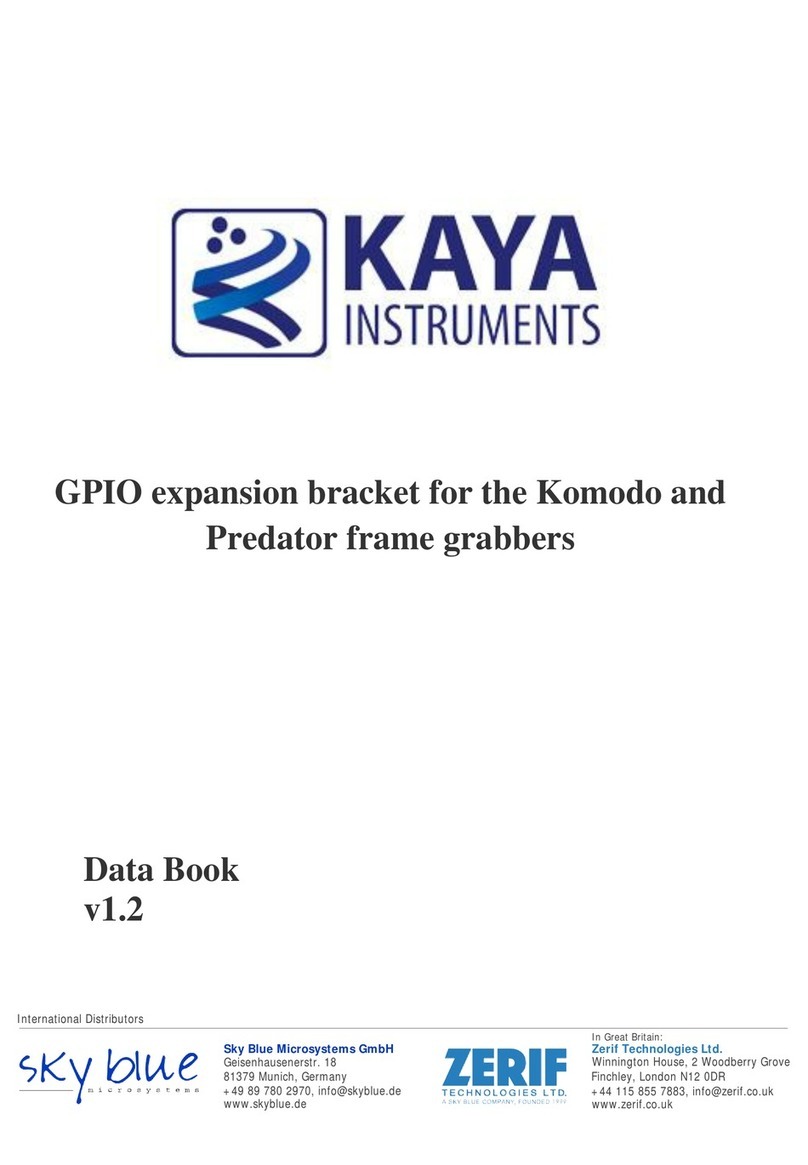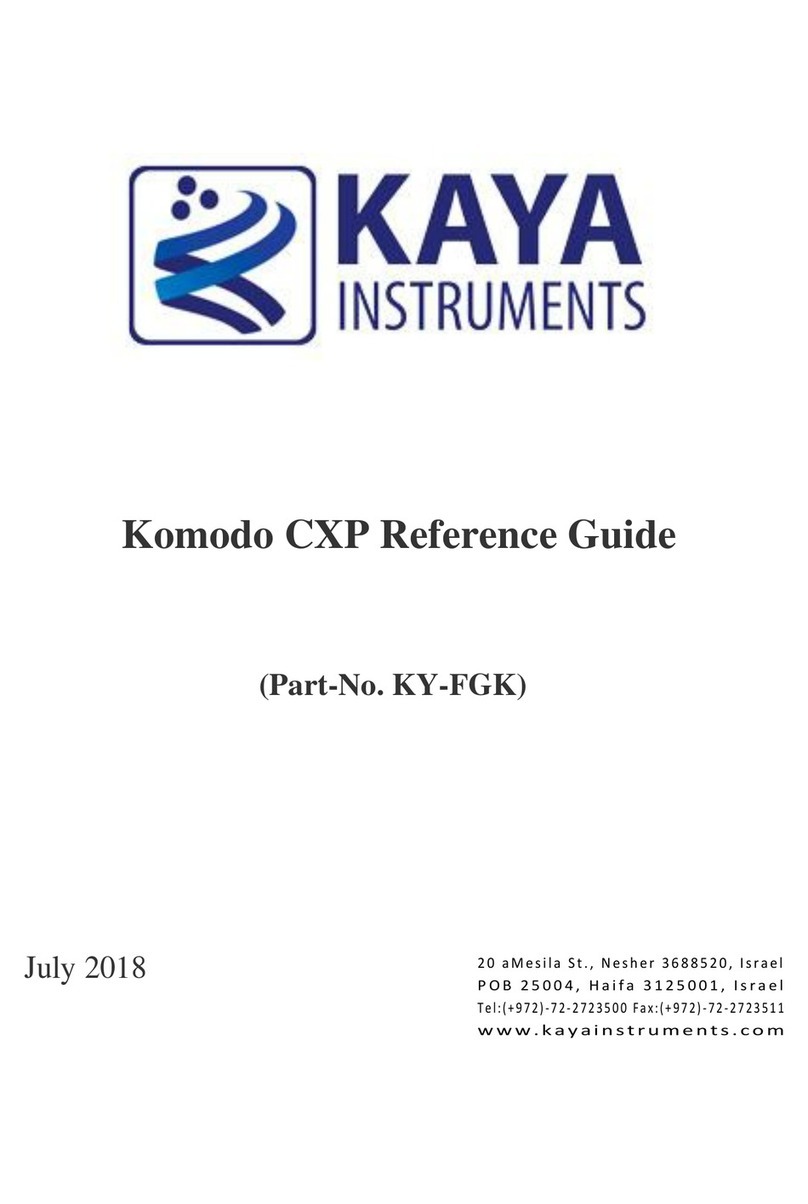
Table of Contents
1 Figures and Tables.............................................................................................................................................2
1.1 List of figures.............................................................................................................................................2
1.2 List of tables..............................................................................................................................................2
2 Revision history .................................................................................................................................................3
3 Introduction ......................................................................................................................................................4
3.1 Safety precautions ....................................................................................................................................4
3.2 Disclaimer .................................................................................................................................................5
4 Document Scope ...............................................................................................................................................6
5 Card Overview...................................................................................................................................................7
5.2 Chameleon II Connectors and LEDs Layout...............................................................................................7
5.3 Komodo II CoaXPress Connectors and LEDs Layout..................................................................................8
5.4 Komodo II CLHS Connectors and LEDs Layout...........................................................................................8
6 PCIe Working Modes .........................................................................................................................................9
7 Card LEDs ........................................................................................................................................................10
7.1.1 Connector LEDs...............................................................................................................................10
7.1.2 Board Status LEDs ...........................................................................................................................10
8 CoaXPress Cables.............................................................................................................................................11
9 General Purpose Input Output.........................................................................................................................12
9.1 GPIO Connectors.....................................................................................................................................12
9.2 GPIO Pinout.............................................................................................................................................12
9.3 GPIO Output / Input................................................................................................................................13
9.3.1 LVDS Inputs.....................................................................................................................................13
9.3.2 LVDS Outputs ..................................................................................................................................13
9.3.3 TTL Inputs/Outputs .........................................................................................................................14
9.3.4 LTTL Inputs/Outputs........................................................................................................................14
9.3.5 Isolated Input..................................................................................................................................15
9.3.6 Isolated Output...............................................................................................................................16
10 Mechanical Specifications................................................................................................................................17
10.1 Mechanical Drawings..............................................................................................................................17
10.1.1 Predator II CoaXPress Mechanical Drawing ....................................................................................17
10.1.2 Chameleon II CoaXPress / Komodo II CoaXPress Mechanical Drawing ...........................................17
10.1.3 Komodo II CLHS Mechanical Drawing .............................................................................................18
10.2 Weight & Environmental Conditions.......................................................................................................19
11 Power Specification.........................................................................................................................................20
11.1 Absolute Maximum Ratings ....................................................................................................................20
12 Installation & Configuration.............................................................................................................................21
12.1 Installation Instructions...........................................................................................................................21
12.2 CoaXPress Cards......................................................................................................................................21
12.2.1 Installing and Removing Micro-BNC Cables ....................................................................................21
12.3 CLHS Cards ..............................................................................................................................................23
12.3.1 Installing & Removing SFP+ Modules..............................................................................................23
12.3.2 Precautions .....................................................................................................................................23
12.3.3 Installing the SFP+ Module..............................................................................................................23
12.3.4 Connecting the Interface Cable to the SFP+ Module......................................................................24
12.3.5 Removing the SFP+ Module............................................................................................................25
12.4 Camera Connection Topologies ..............................................................................................................25





























